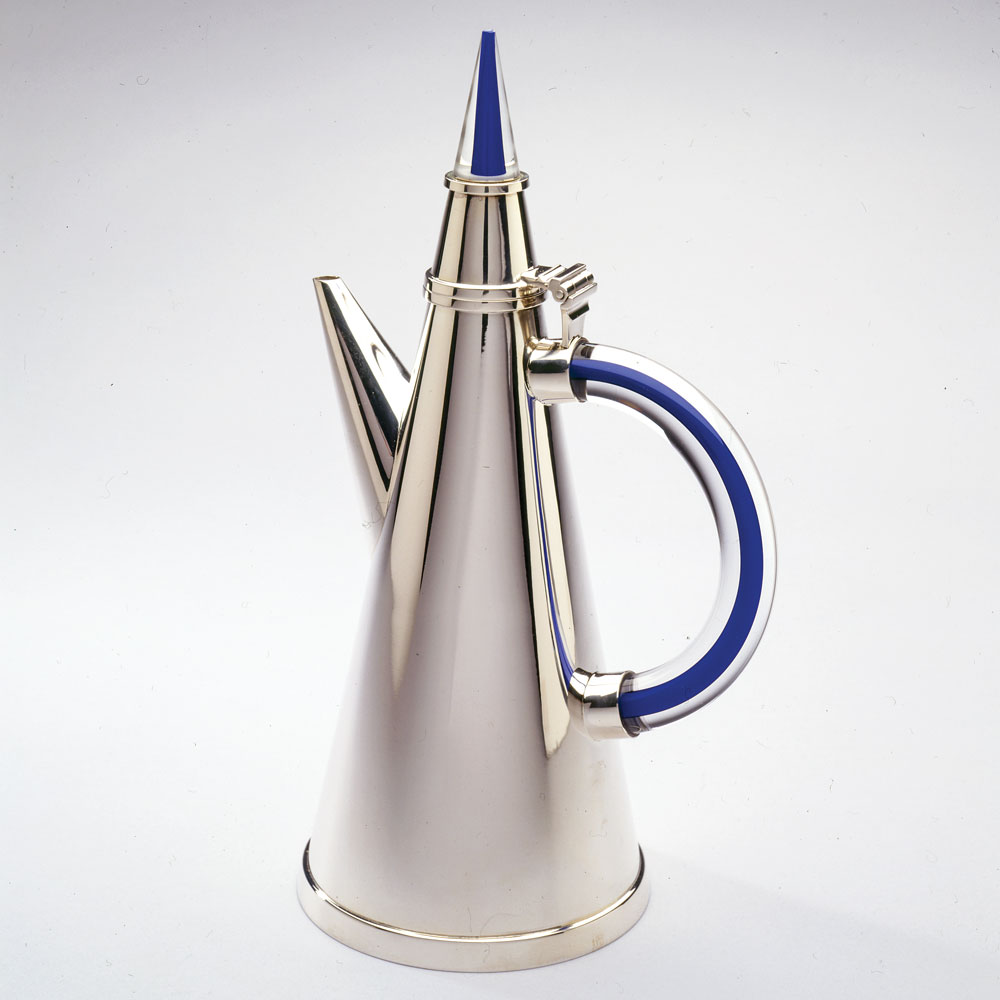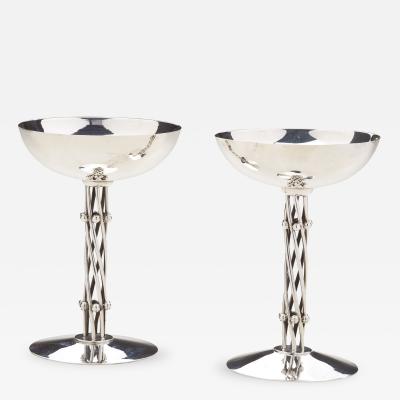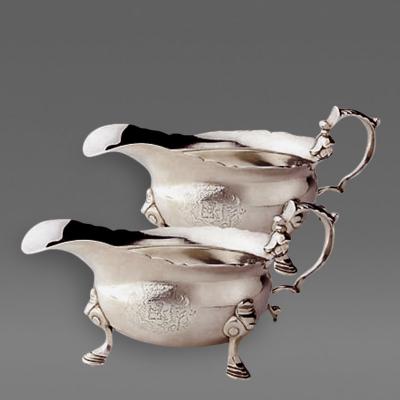Style and Status in Sterling: American Silver at the Newark Museum
Nobody has ever needed silver objects. And yet, things made of silver have been used as symbols of wealth and refinement for thousands of years. The Newark Museum’s exhibition of American silver comes at a time when fewer people (i.e., young people) care about sterling objects than ever before. It might seem counterintuitive, but it struck me that this was a perfect—even urgent—moment to talk about silver and its once-profound meaning in American culture. As a longtime curator, I have found that museums sometimes need to go against popular cultural trends to help their audiences understand and appreciate things they think they don’t like.
Silver still matters. The craftsmanship, the cultural meaning, and even the way a sterling object was used in the home, all speak to the significance of art in everyday life. It is important—indeed vital—that we understand our own cultural history as a nation. A full grasp of American history is not simply learning about politics and war and social movements. Without knowing about our material history as well, we run the risk of forgetting who we are.
Accordingly, the recently installed jewel-box gallery in the museum’s Ballantine House, Style and Status in Sterling: American Silver, focuses on the various ways in which silver objects fit into everyday life from the 1750s to the 1990s. For more information about the exhibit or the Newark Museum, call 973.596.6550 or visit www.newarkmuseum.org.
In Colonial America, silver mattered in the home because it was essentially cash in hand that, if needed, could be melted down and used as currency. In the Anglo-American social system, your rank in the community was linked to the amount of “plate” displayed on your cupboard. Money was power, but silver objects were better than money, because they were useful and they were also beautiful. The section of the display “Eat, Drink and Be Merry,” focuses on the many uses of silver associated with eating and drinking over the course of three centuries.
Because silver was precious, it made perfect sense to give a silver object as a token of love or respect. Thus, when James Hillas, an insurance executive, completed forty years with his firm, he was presented with a massive, hand-made Art Nouveau loving cup. The preciousness of the material as well as the obvious hours of handcraft lavished on it made this cup doubly symbolic, saying, in effect: “This object is precious and highly valued, and therefore so are you.” The cup is included within a section of the installation called “Because We Love You.”
During America’s Gilded Age, when silver production had become industrialized and silver itself was commonplace across a wide range of socio-economic strata, some silver objects were designed and crafted primarily to be appreciated for their beauty. This created a new category: silver as art, which is a section within the new gallery. An exquisite little vase by Gorham Mfg. Co. from 1877 exhibits a complex gilding and enameling process that was all about art (and the prestige attached to displaying such an objet d’art in your parlor).
Sometimes it is clear that the sole purpose of a piece of silver was simply a material expression intended to send a clear signal about the wealth of its owner. “I can afford to own this and you can’t” was the unspoken message. Not a noble idea, but a very human one. A large seven-light candelabrum, one of two owned by the museum, was designed by Paulding Farnham for Tiffany & Co. to display at the 1900 Exposition Universelle in Paris. Farnham’s grandiose candleholder was described as “George III,” and designed to appeal to Americans who preferred to associate themselves more with European aristocracy than with modern design. The candelabrum is included in the “Showing Off” section of the installation.
Another aspect of silver’s high monetary and social value is that it was often on the cutting edge of design. “Silver is of the Moment” looks at the various notions of “modern” from the eighteenth century to the end of the twentieth. Silver has tended to change style faster and more frequently than any other class of decorative arts. A sleek postmodern coffee pot by New Jersey silversmith Ubaldo Vitali was designed for the Millennium for the celebrated watchmaker Movado. The glass fittings for this design were made by Vitali’s friend and fellow New Jerseyan Leonard DiNardo.
Ulysses Grant Dietz is chief curator and curator of decorative arts at the Newark Museum, New Jersey.
This article was originally published in the Summer 2017 issue of Antiques & Fine Art, a fully digitized edition of which is available on afamag.com. AFA is affiliated with Incollect.















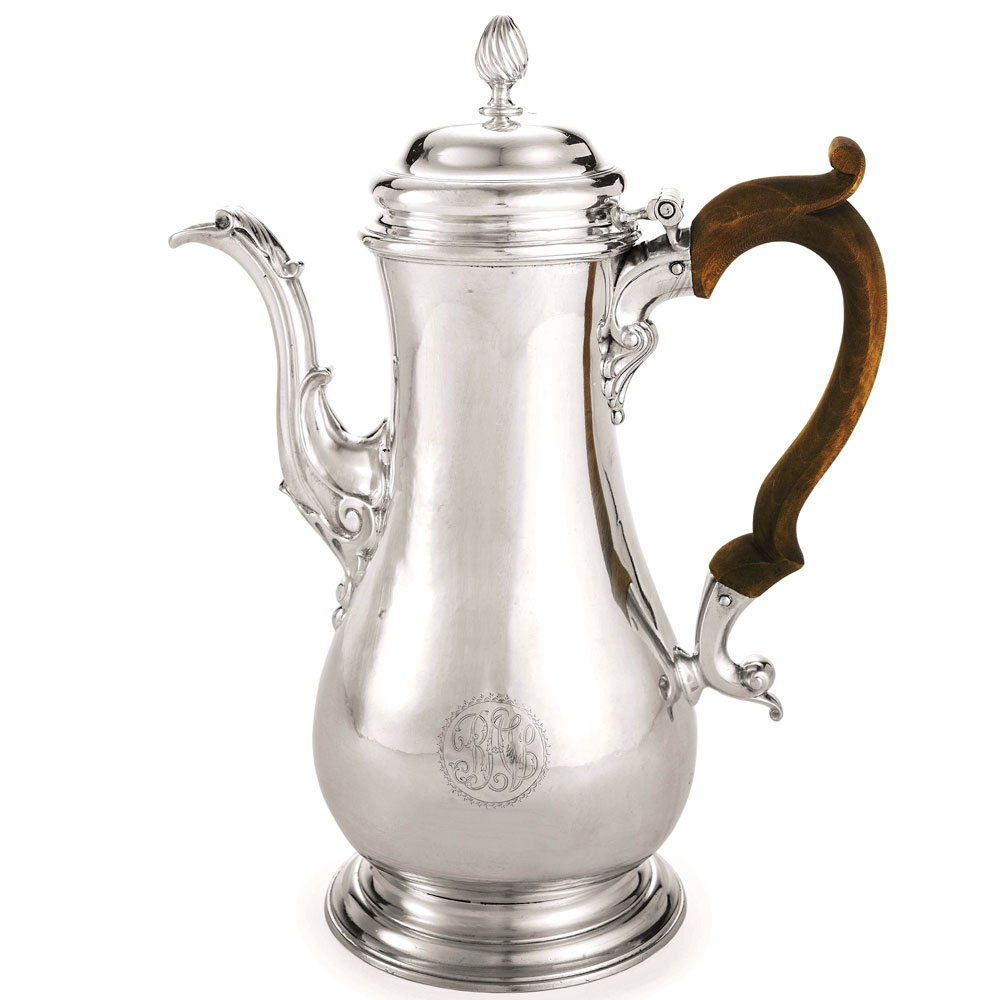
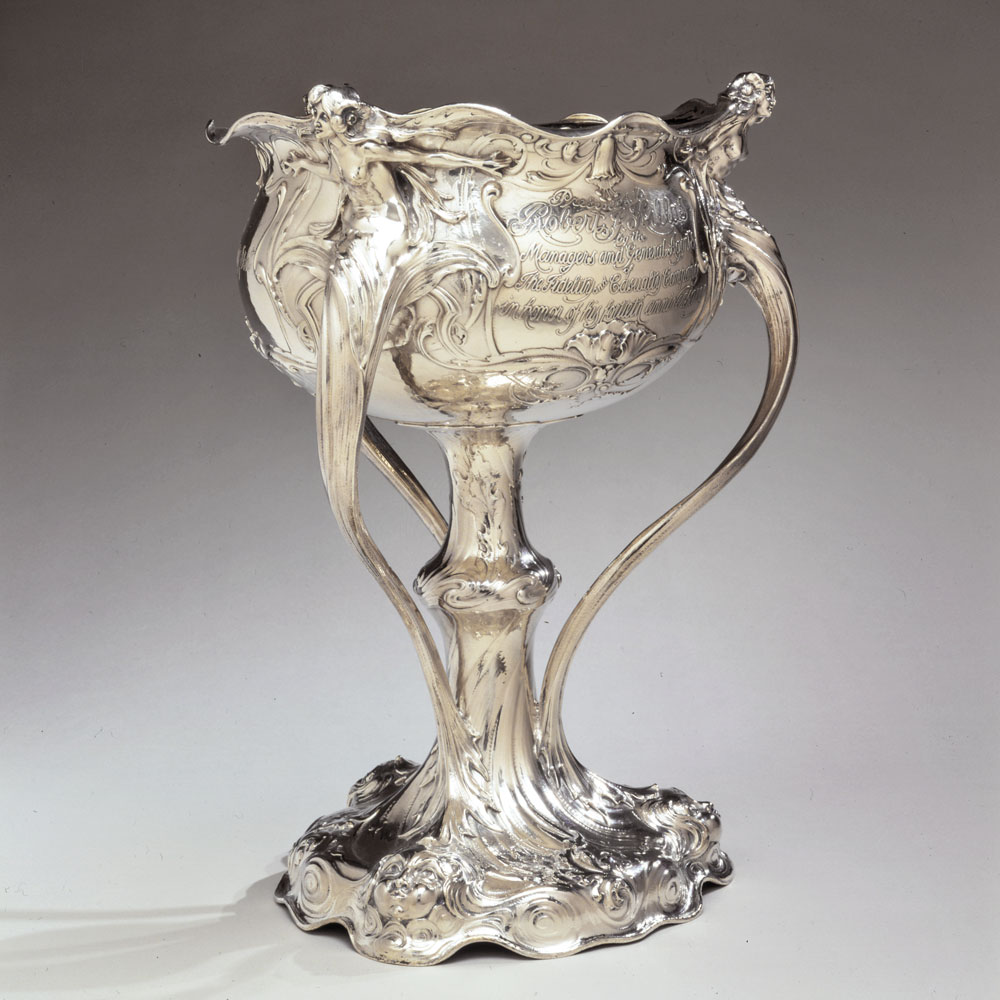
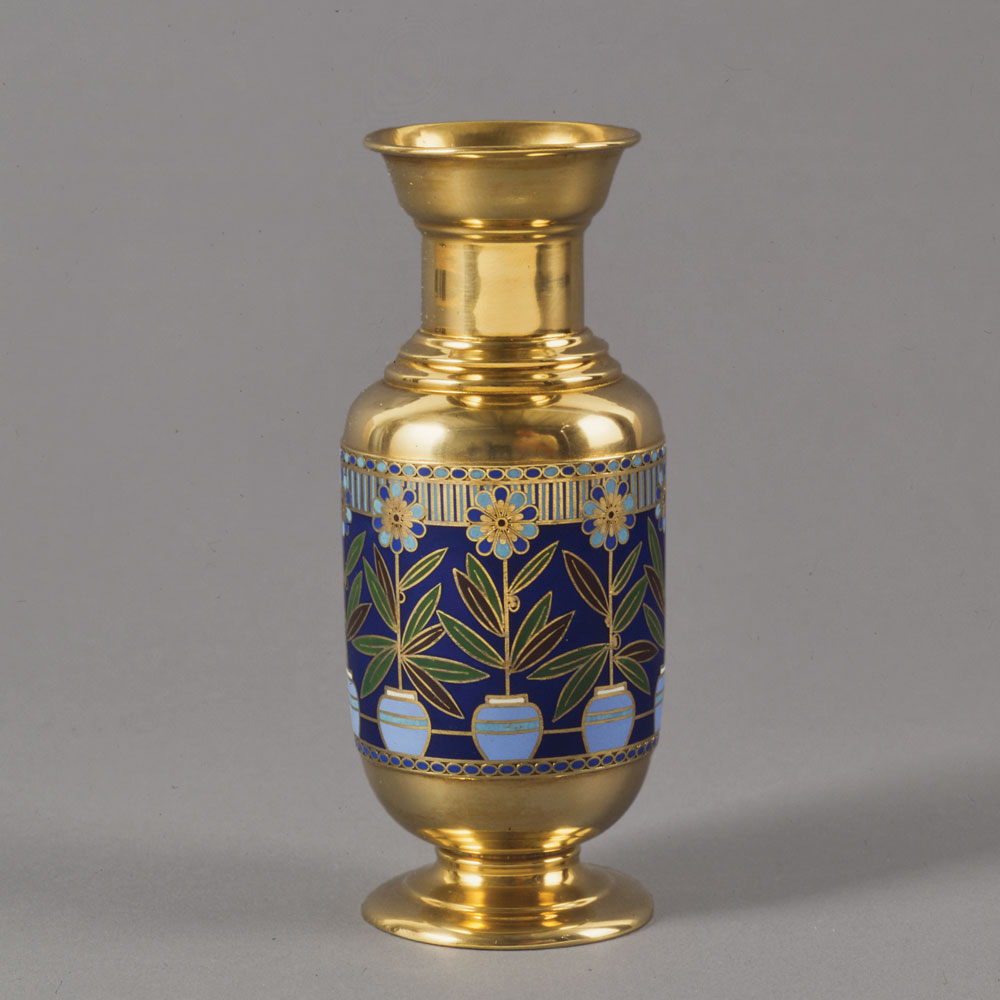
_.jpg)
